Optimizing Your Supply Chain with Effective Contract Distribution Solutions
Understanding supply chain optimization
Supply chain optimization is about finding ways to make your supply chain more efficient. This means reducing costs, improving flexibility, and delivering better results for your customers. It involves analyzing your current processes and identifying areas where improvements can be made. By optimizing your supply chain, you can improve your business’s performance and gain a competitive advantage in the market.

Importance of effective distribution solutions
Effective distribution solutions are crucial for optimizing your supply chain. By streamlining distribution, businesses can ensure reduce costs, timely deliveries and minimize errors. Implementing efficient distribution solutions with a dedicated carrier can lead to improved supplier relationships, better inventory management and increased transparency throughout the supply chain process. This can ultimately result in enhanced operational efficiency and a competitive advantage in the market.
Key challenges in distribution
Companies often face the challenge of efficiently managing their own supply chain. Some common obstacles include ensuring accurate and timely delivery of consignments, managing multiple suppliers & vendors and maintaining visibility and control over the distribution process. In addition, companies may struggle with optimizing their distribution network to minimize costs and maximize efficiency. Addressing these challenges is crucial for optimizing the supply chain and achieving seamless distribution solutions.
Types of distribution solutions
There are various types of contract distribution solutions that can help optimize your supply chain. These include:
- Direct distribution, where products are delivered directly from the manufacturer to the end customer.
- Warehouse distribution (3PL), where products are stored in a warehouse before being distributed to the end customer.
- Cross-docking, a method where freight is collected from an inbound warehouse facility and transported to another warehouse facility for outbound distribution with little or no storage in between.
Each type of distribution solution has its advantages and may be suitable for different types of products and supply chain needs. Understanding the various options available can help you make informed decisions about the most effective contract distribution solution for your business.
Factors to consider when choosing a distribution solution
When choosing a distribution solution for your supply chain, it’s important to consider various factors to ensure effectiveness and efficiency. Here are some key factors to keep in mind:
- Cost: Evaluate the pricing structure of the distribution solution to ensure it aligns with your budget and cost-saving goals.
- Scalability: Consider whether the solution can accommodate the fluctuating demands of your supply chain as it grows or experiences seasonal changes.
- Technology Integration: Look for solutions that seamlessly integrate with your existing technology systems to streamline operations and data management.
- Service Level Agreements: Review the terms and conditions of the service level agreements to ensure they align with your performance expectations and requirements.
- Customer Support: Assess the availability and responsiveness of customer support offered by the carrier to address any potential issues promptly. By taking these factors into account, you can make a well-informed decision when selecting a carrier for optimizing your supply chain.
Implementing distribution solutions in your supply chain
To streamline your supply chain, integrating distribution solutions can help ensure efficient management of your inventory and distribution process. By implementing these solutions, you can effectively manage vendor contracts, optimize delivery schedules, and minimize bottlenecks in your supply chain. This helps in reducing costs, improving delivery times, and enhancing overall operational efficiency. Negotiating favorable terms with suppliers, utilizing technology for real-time tracking, and collaborating with reliable logistics partners are key steps in successfully implementing contract distribution solutions.
Case studies: Successful examples of optimized supply chains
Successful examples of optimized supply chains can provide valuable insights into the benefits and strategies of effective contract distribution solutions. Case studies highlight how companies have achieved improved supply chain efficiency, reduced costs, and enhanced customer satisfaction. By examining these real-world examples, businesses can gain practical knowledge and inspiration for implementing similar approaches in their own operations.
Measuring the effectiveness of distribution solutions
You can measure the effectiveness of distribution solutions by analyzing key performance indicators such as DIFOT scores. DIFOT (Delivery In Full and On-time) indicate how often your carrier is able to, collect, transport and deliver goods on schedule. Inventory turnover measures how quickly you are able to sell and replace your inventory. Finally, cycle times can help you identify any bottlenecks in your distribution process. By tracking and analyzing these metrics, you can gain valuable insights into the efficiency and performance of your distribution solutions.
Key performance indicators for supply chain optimization
To measure supply chain optimization, key performance indicators (KPIs) such as inventory turnover ratio, order fulfillment cycle time, perfect order fulfillment rate, DIFOT and supplier lead time are essential. These KPIs provide insights into the efficiency and effectiveness of your supply chain. By monitoring and analyzing these metrics, you can identify areas for improvement and make informed decisions to enhance your supply chain’s performance.
Conclusion: Maximizing efficiency through distribution solutions
To maximize efficiency through distribution solutions, it’s essential to focus on streamlining your supply chain and improving collaboration with your carrier. Implementing effective distribution solutions can help in reducing lead times, controlling costs, and improving overall operational performance. It’s important to have clear communication and a strong partnership with your carrier to ensure that the distribution process runs smoothly and efficiently. By optimizing your supply chain through distribution solutions, you can enhance productivity, minimize risks, and ultimately improve your business’s bottom line.


